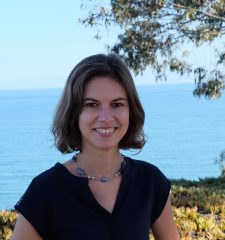
The increasing demand for energy and the threat from global warming make electrical energy storage (EES) a worldwide strategic priority. EES is expected to play a key role in the decarbonization of electric power sources, as well as enable the deployment of local grids for the two billion people worldwide not currently served by a reliable electricity supply. In this regard, the development of improved rechargeable batteries constitutes a major technological challenge. More broadly, batteries are also the limiting component in portable electronics and in the shift from conventional (petrol-powered) to hybrid electric and electric vehicles.
Besides enhancing the classical figures of merit (specific energy and power, lifetime, cost and safety), current research into Li-ion and beyond Li-ion technologies aims to integrate sustainability in the choice of component materials. This is achieved by favoring chemistries that have a minimum footprint, relying on Earth-abundant elements, such as Na, Mg, K, Ca, Fe, Mn and Ti and reducing the large energy cost of battery manufacture. Yet, the combined cost of mining ore, extracting the metals of interest and battery manufacturing is still lower than that of battery recycling, and while little research is currently done to revert this trend, a second life for
batteries will soon be required to mitigate depleting reserves and increasing costs of currently heavily-used elements, such as Li, Co and Ni.
In this lecture, I will discuss recent insight gained into the working principles and failure mechanisms of battery electrode materials, obtained through a combination of solid-state NMR and theoretical simulations. I will focus on two classes of sustainable materials, namely, Na-based batteries and disordered rocksalt-type lithium transition metal oxide cathodes that hold promise for the integration of Mn and Ti as major components.
–
Raphaële Clément received her B.A. and M.Sc. in Natural Sciences in 2012, as well as her Ph.D. in Chemistry in 2016, from the University of Cambridge. Her Ph.D., supervised by Prof. Clare Grey, focused on the study of paramagnetic cathode materials for sodium-ion battery applications using solid-state Nuclear Magnetic Resonance (NMR) spectroscopy. She then joined the group of Prof. Gerbrand Ceder at UC Berkeley as a postdoc, where she developed both experimental and computational skills applicable to a range of electrochemical materials. She joined the faculty of the Materials Department at UCSB in July 2018. Her current research interests are the study of structural and redox processes in electrochemical materials using magnetic resonance techniques and theoretical tools. She is particularly interested in the development of Electron Paramagnetic Resonance (EPR) and NMR tools for the study of functional materials operando or in situ, e.g. to capture transient, metastable intermediates forming during normal operation, to study the kinetics of processes, and for full device analysis.